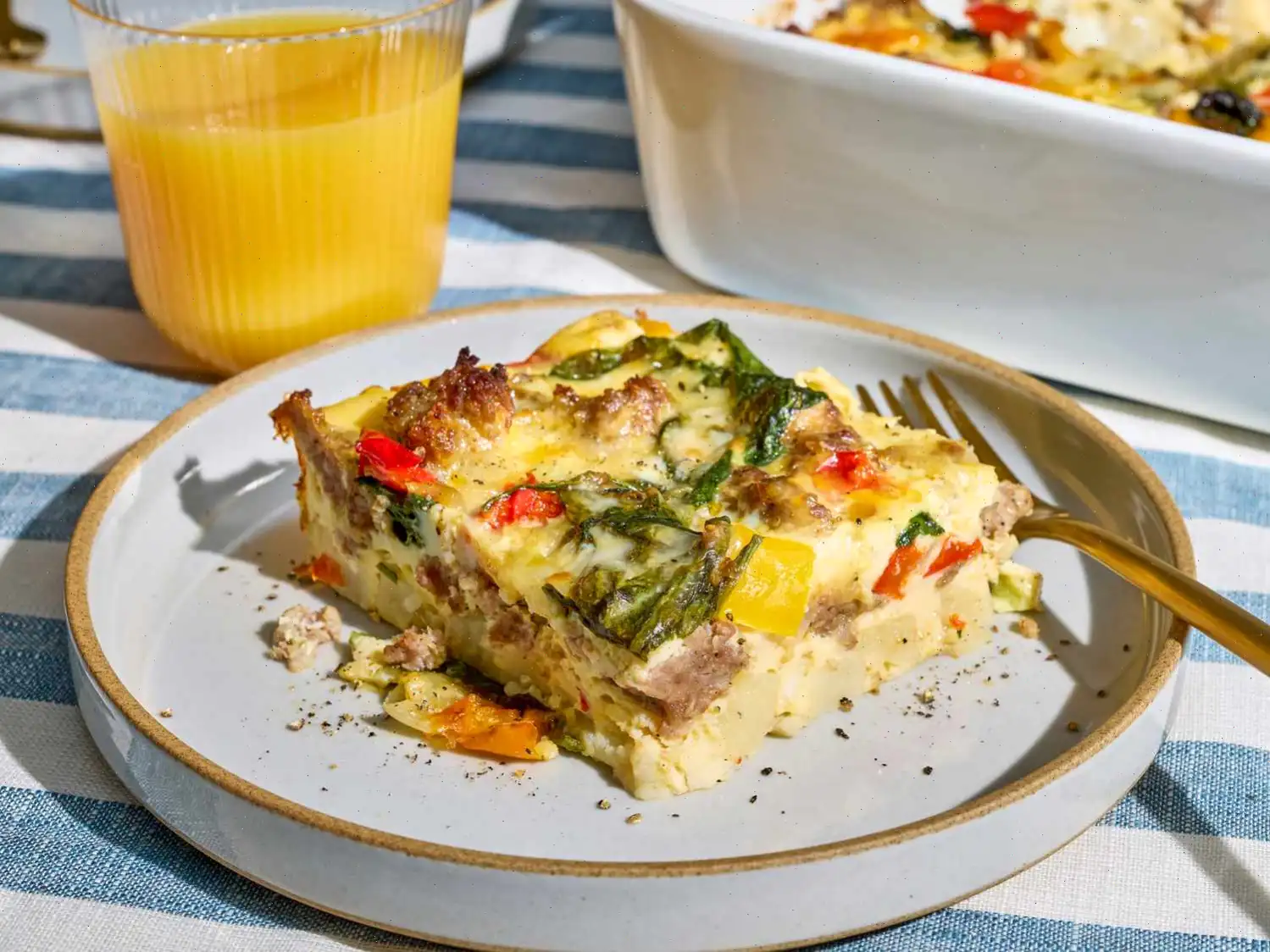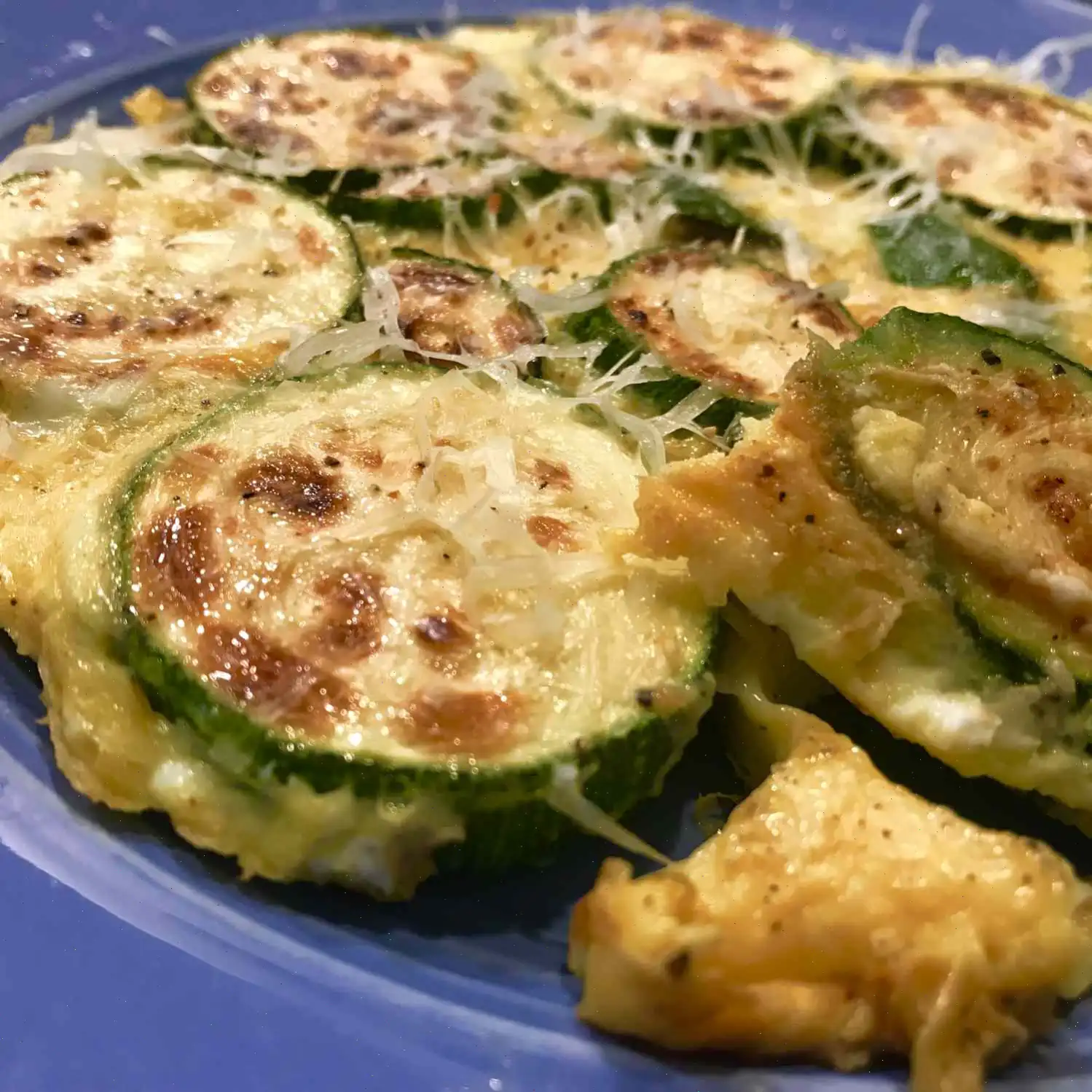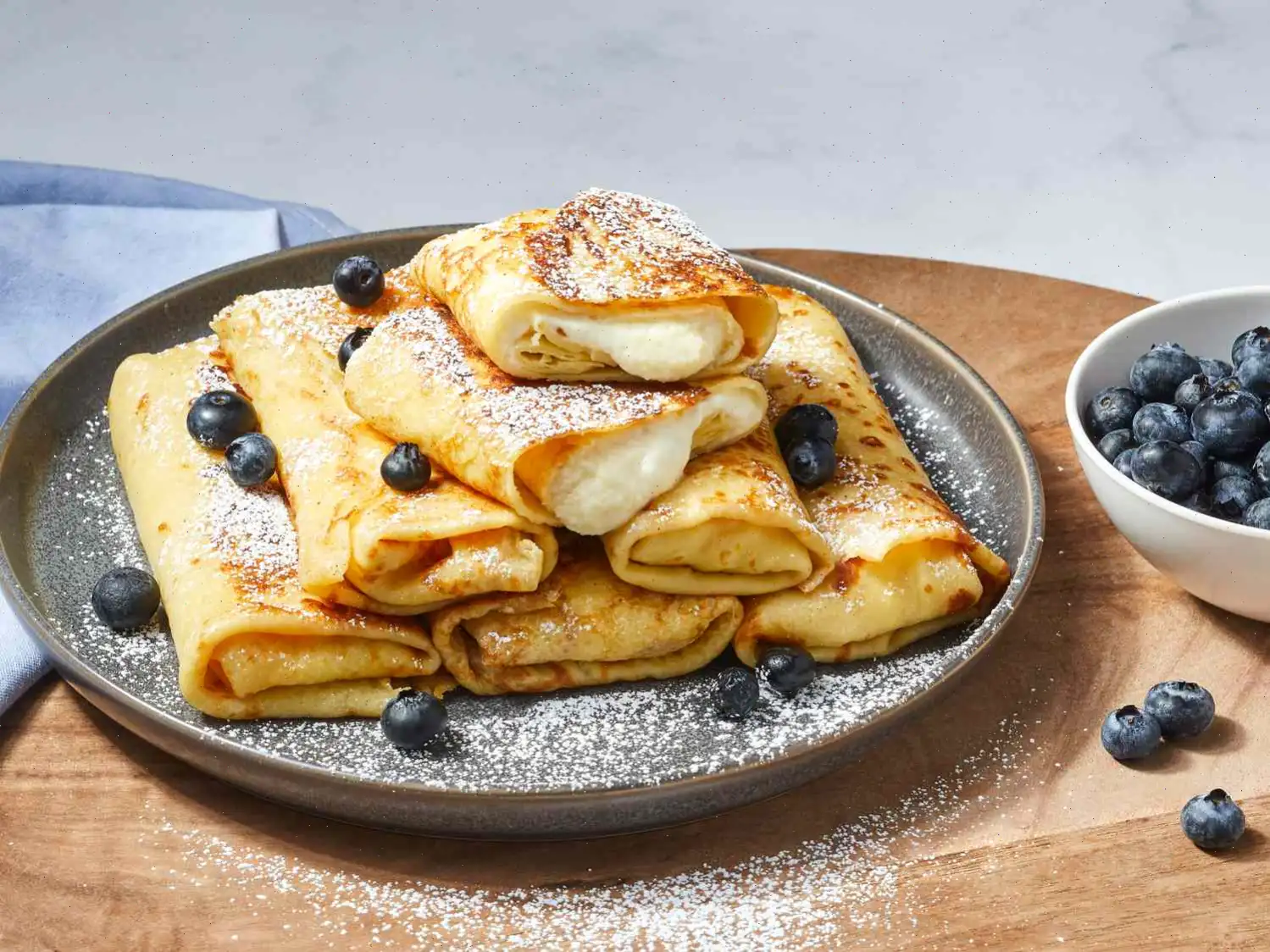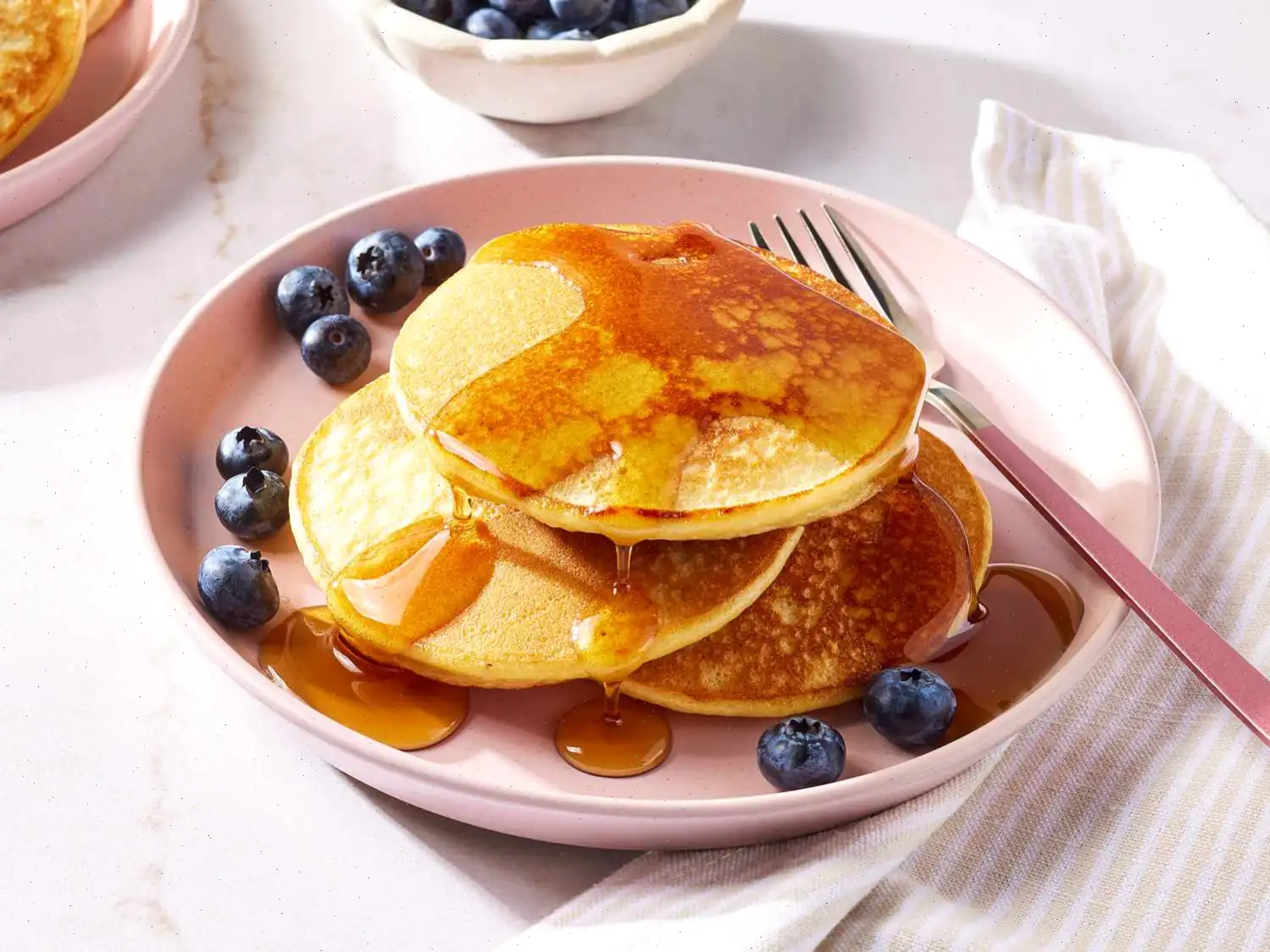
Honey Biscuits Recipe
This simple yet delicious biscuit recipe is perfect for breakfast or a snack. The combination of cold butter, buttermilk, and honey creates flaky, tender biscuits with just the right amount of sweetness. Follow these steps for perfect biscuits every time!
Ingredients
- 2 cups all-purpose flour
- 1 tablespoon baking powder
- 3/4 teaspoon kosher salt
- 1/2 cup cold butter, cut into 1/4-inch pieces
- 3/4 cup cold buttermilk
- 2 tablespoons honey
Directions
Step 1: Preheat the oven to 400F (200C) and line a baking sheet with parchment paper.
Step 2: In a large bowl, stir together the flour, baking powder, and salt.
Step 3: Cut in the cold butter using a pastry blender or two forks until the mixture resembles coarse crumbs.
Step 4: In a separate cup, stir together the honey and buttermilk.
Step 5: Pour the buttermilk mixture into the flour mixture and stir until the dough just comes together.
Step 6: Turn the dough out onto a lightly floured surface and gently press it into a rectangle about 1/2 inch thick.
Step 7: Fold the dough into thirds, like a letter. Turn the dough 90 degrees and press it again into a 1/2-inch thick rectangle.
Step 8: Repeat the folding process two more times, then press the dough into a thicker rectangle, about 1 inch thick.
Step 9: Use a 2-inch round cookie cutter to cut out biscuits. Place them on the prepared baking sheet, spacing them about 1 inch apart.
Step 10: Gently press the remaining dough back together and cut out additional biscuits, placing them on the baking sheet. Press any remaining scraps together to form a final biscuit or two.
Step 11: Bake in the preheated oven for 13 to 15 minutes, or until the biscuits are golden brown.
Step 12: Remove from the oven and let the biscuits cool on a rack for a few minutes before serving.
Cook's Note
For a sweeter biscuit, you can add up to 1/4 cup of honey. If you prefer a slightly saltier flavor, increase the kosher salt to 1 teaspoon. This recipe yields about 10 biscuits when using a 2-inch cutter, though you can adjust the number based on your preferred cutter size.
Nutrition Facts
| Nutrition Facts | Per Serving |
|---|---|
| Calories | 193 |
| Total Fat | 10g |
| Saturated Fat | 6g |
| Cholesterol | 25mg |
| Sodium | 349mg |
| Total Carbohydrate | 24g |
| Dietary Fiber | 1g |
| Total Sugars | 4g |
| Protein | 3g |
| Calcium | 109mg |
| Iron | 1mg |
| Potassium | 60mg |
* Percent Daily Values are based on a 2,000 calorie diet. Your daily values may be higher or lower depending on your calorie needs.
The Sweet Story Behind Honey Biscuits
Honey biscuits are a beloved staple in American cuisine, particularly in the Southern United States. Their origin can be traced back to the early 19th century, when settlers sought simple, quick breads that combined locally available ingredients like flour, butter, and honey. Unlike more labor-intensive breads, honey biscuits were designed to rise quickly, making them ideal for breakfast or a fast snack. The addition of honey provided a gentle sweetness that complemented the rich, buttery flavor, creating a comforting treat for families.
Regional Characteristics
While biscuits are common throughout the United States, honey biscuits are especially associated with Southern cuisine. In the South, buttermilk is a key ingredient, lending a slightly tangy flavor and tender texture that distinguishes them from standard sweet biscuits. Regional variations may include the use of local honey varieties such as clover or wildflower, which subtly influence the flavor profile. In some areas, a touch of cinnamon or nutmeg is added to enhance warmth and aroma.
Differences From Similar Baked Goods
Honey biscuits are often compared to scones or sweet rolls, but they maintain distinct characteristics. Unlike scones, honey biscuits are less dense and more layered, thanks to the folding technique used in their preparation. Sweet rolls are richer and rely on yeast for rising, while honey biscuits use baking powder, creating a lighter, fluffier interior. The use of honey instead of granulated sugar also gives these biscuits a delicate sweetness and a slightly golden color when baked.
Common Serving Occasions
Honey biscuits are versatile and can be served in various settings. They are frequently enjoyed at breakfast, paired with eggs, bacon, or fresh fruit. At brunches, they serve as a comforting side to savory dishes or as a base for small sandwiches. In Southern households, honey biscuits often accompany dinner, providing a slightly sweet contrast to hearty meats and gravies. They are also popular at tea parties or holiday gatherings due to their delicate flavor and elegant appearance.
Interesting Facts
One intriguing fact about honey biscuits is their layering technique, which is similar to laminated dough, though simpler. This method creates multiple thin layers, giving the biscuits their signature flakiness. Another interesting note is that honey was historically used as a natural preservative, helping these biscuits stay fresh longer. In some Southern traditions, leftover biscuits are toasted and drizzled with honey or served with buttered jam the next morning, making them a staple of frugal yet delicious home cooking. Today, honey biscuits continue to embody the warmth and simplicity of traditional Southern baking while appealing to modern tastes.
You can listen to this recipe in AI audio format. Simply click the play button below to listen to the content in a format that suits you best. It’s a great way to absorb information on the go!
FAQ about Honey Biscuits Recipe
Comments
Brandon Green
10/22/2024 01:01:34 PM
I followed the recipe precisely as it was written. Both my husband and I adored the dish!
Carolyn Walker
07/23/2023 06:55:55 PM
Review: The biscuit was fluffy, tender, and had a rich buttery flavor with a hint of sweetness. However, there was an excess of butter, causing it to pool on the baking sheet during cooking. This resulted in a crispy bottom for the biscuits. Despite being soft and bready, they maintained their structure well when split for filling, making them ideal for sturdy biscuit sandwiches. Although they felt dense and heavy, they were still fluffy - a bit of a paradox. I would consider reducing the amount of butter next time to prevent it from leaking out while baking.








